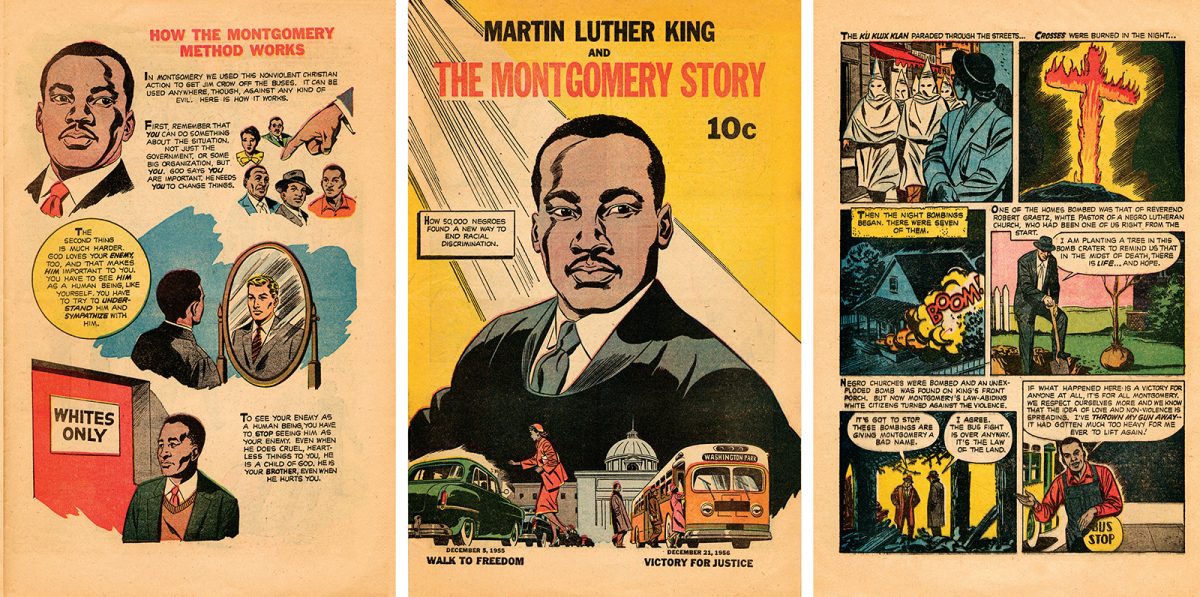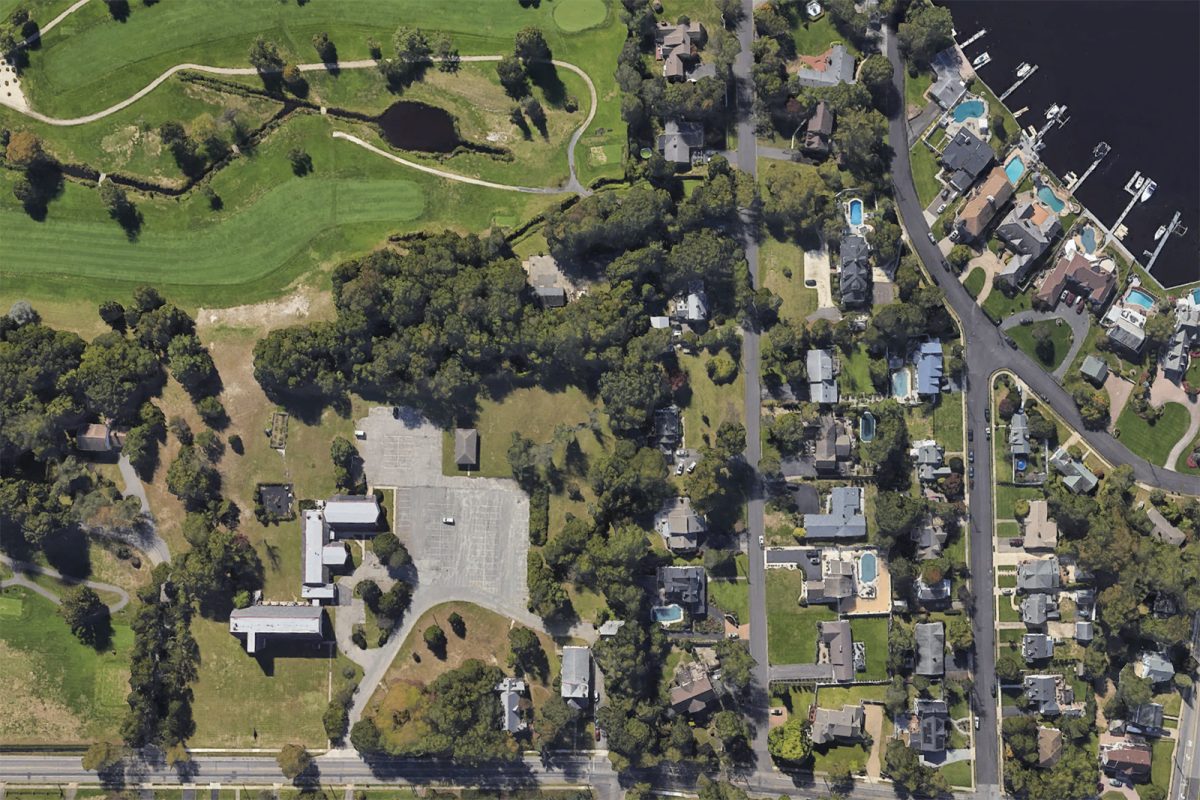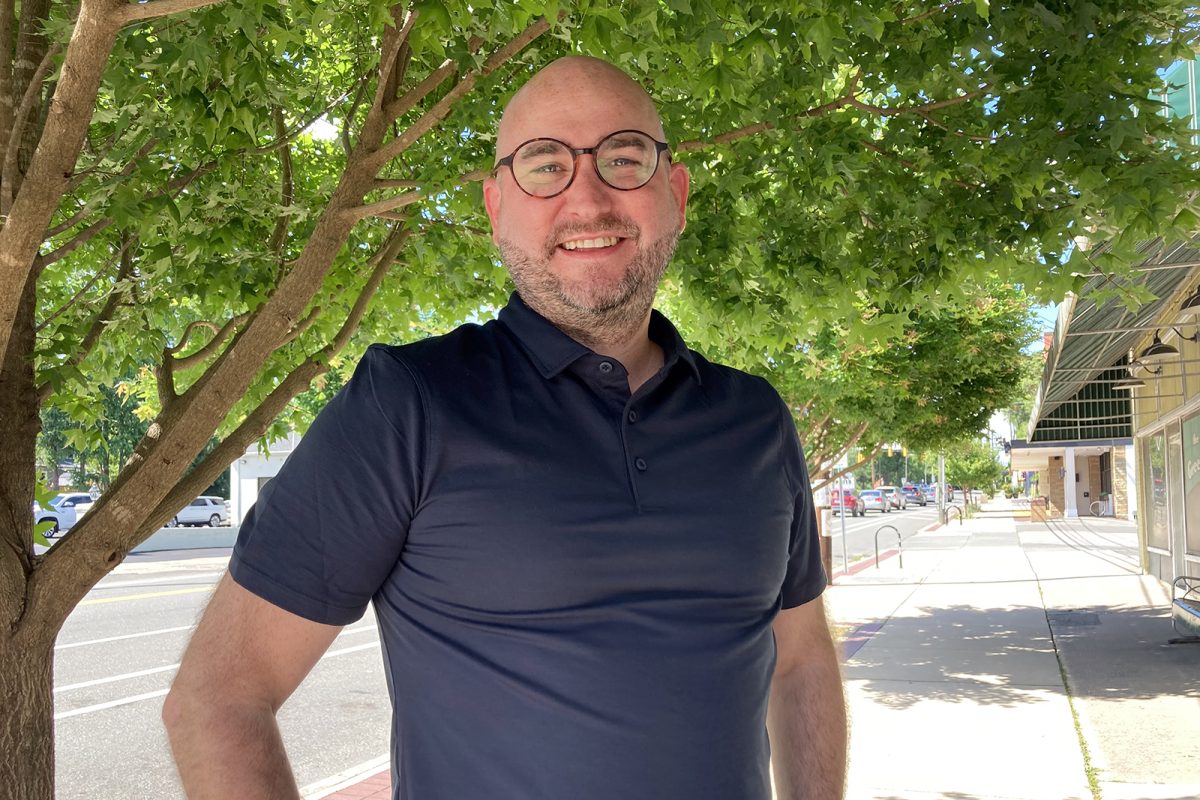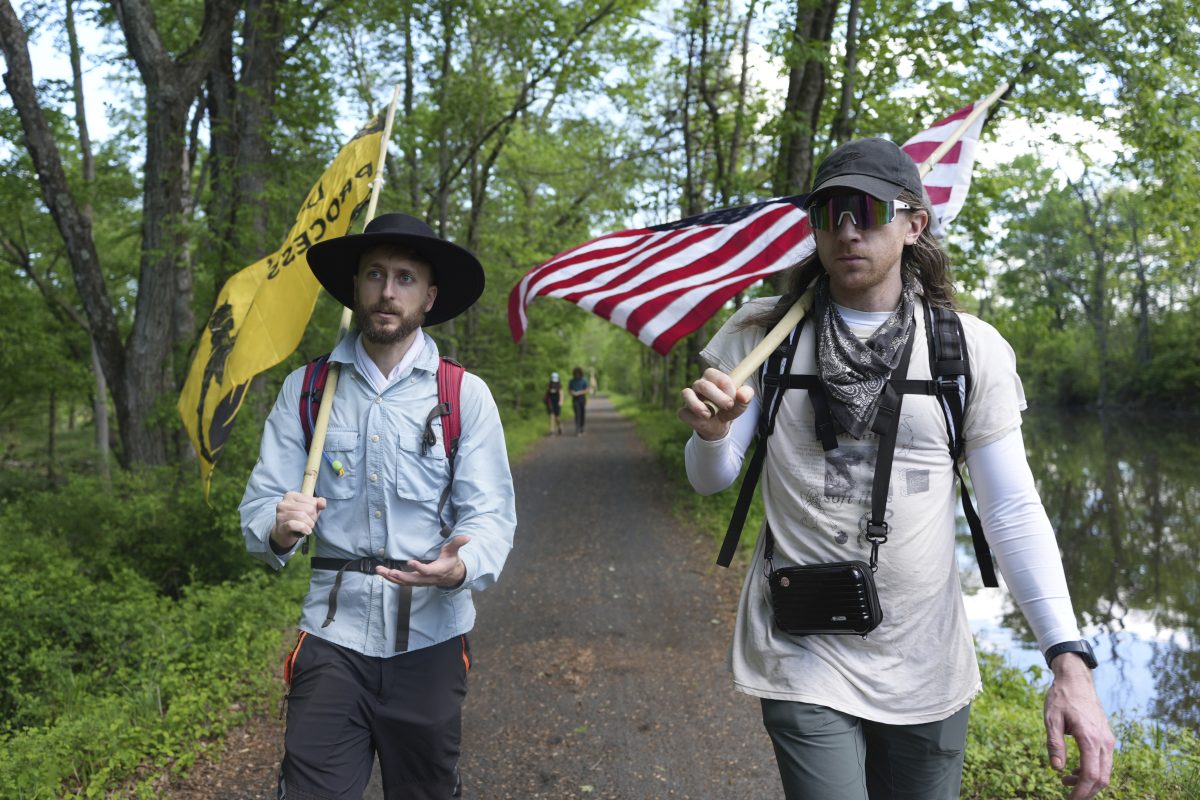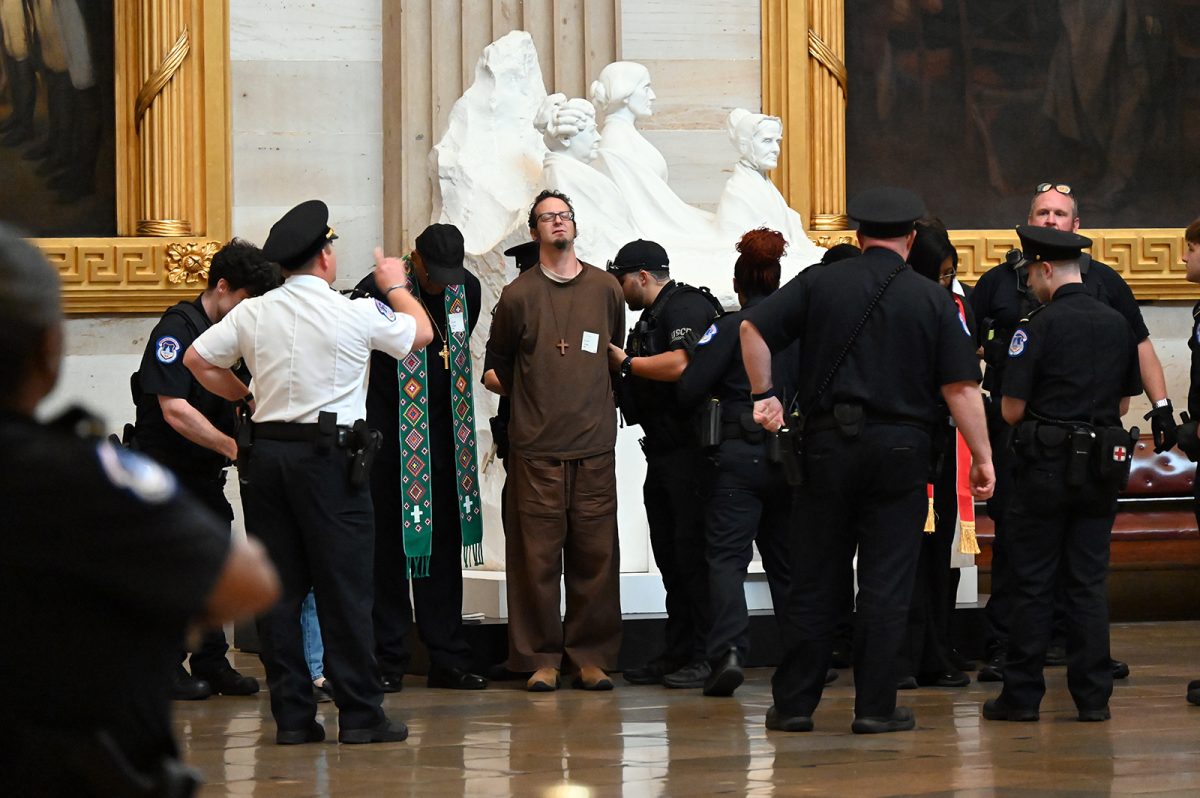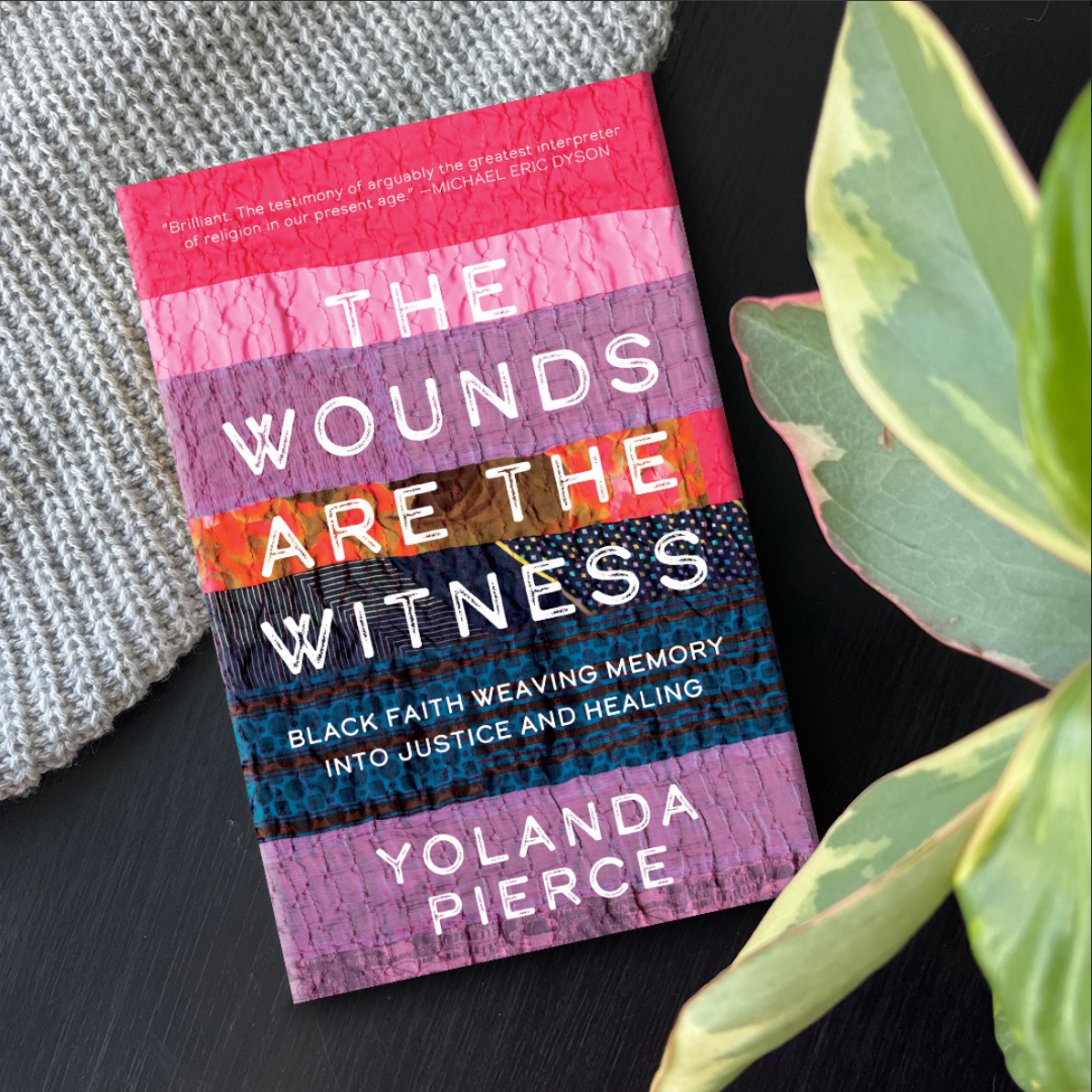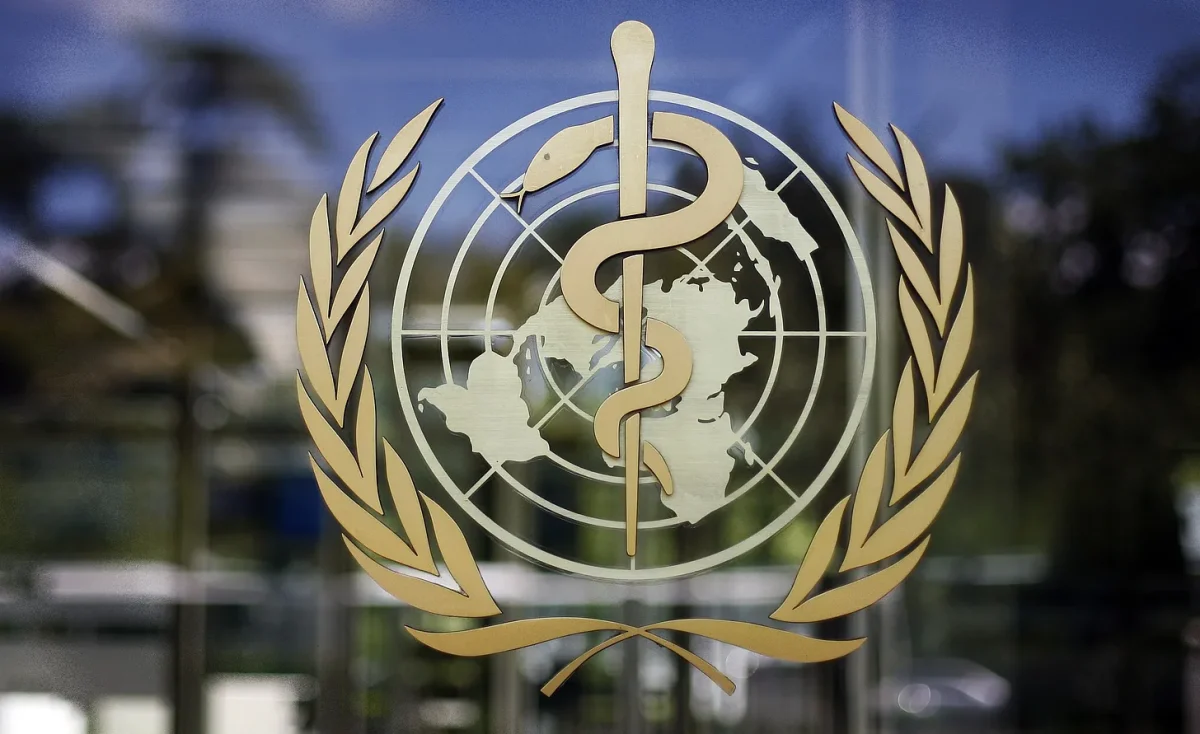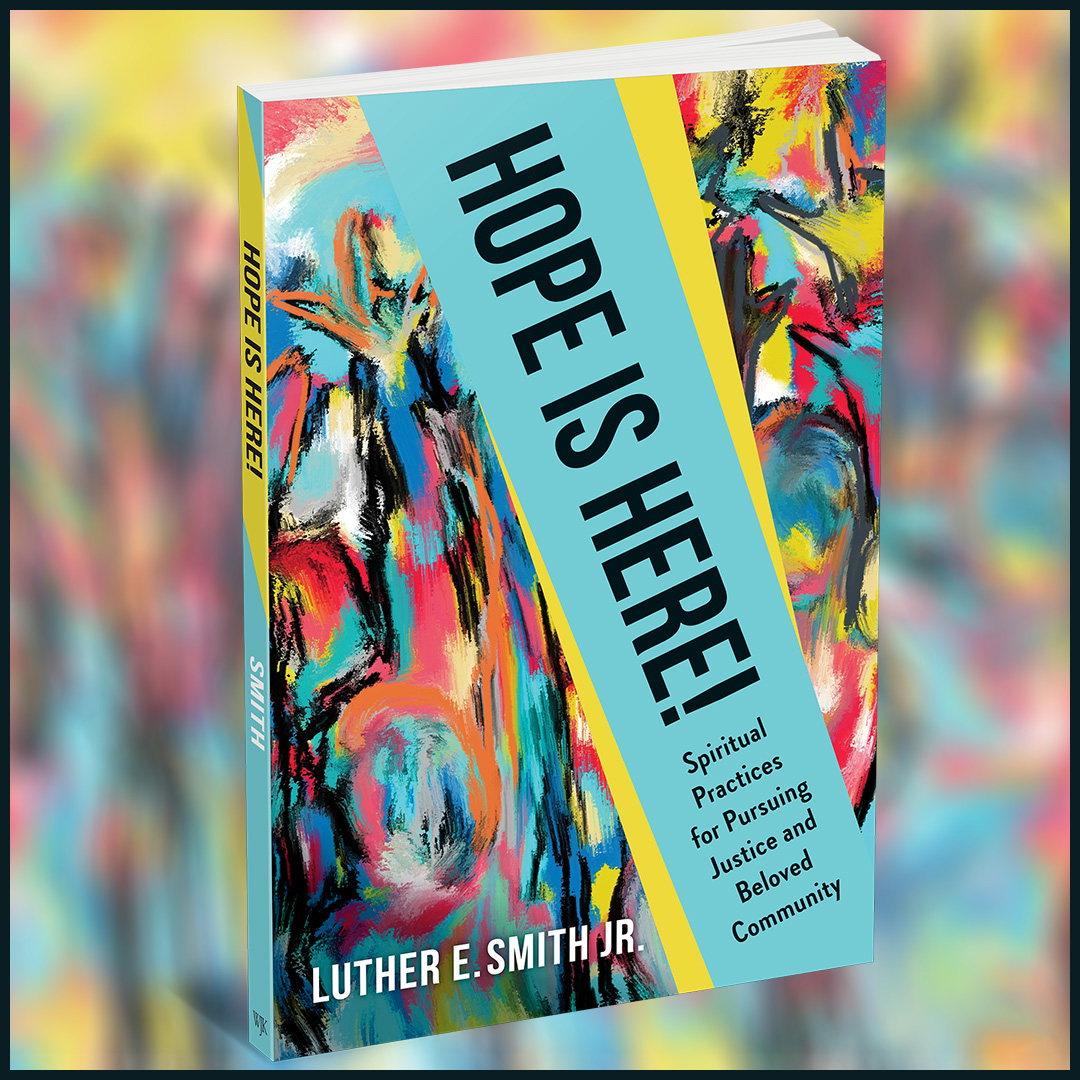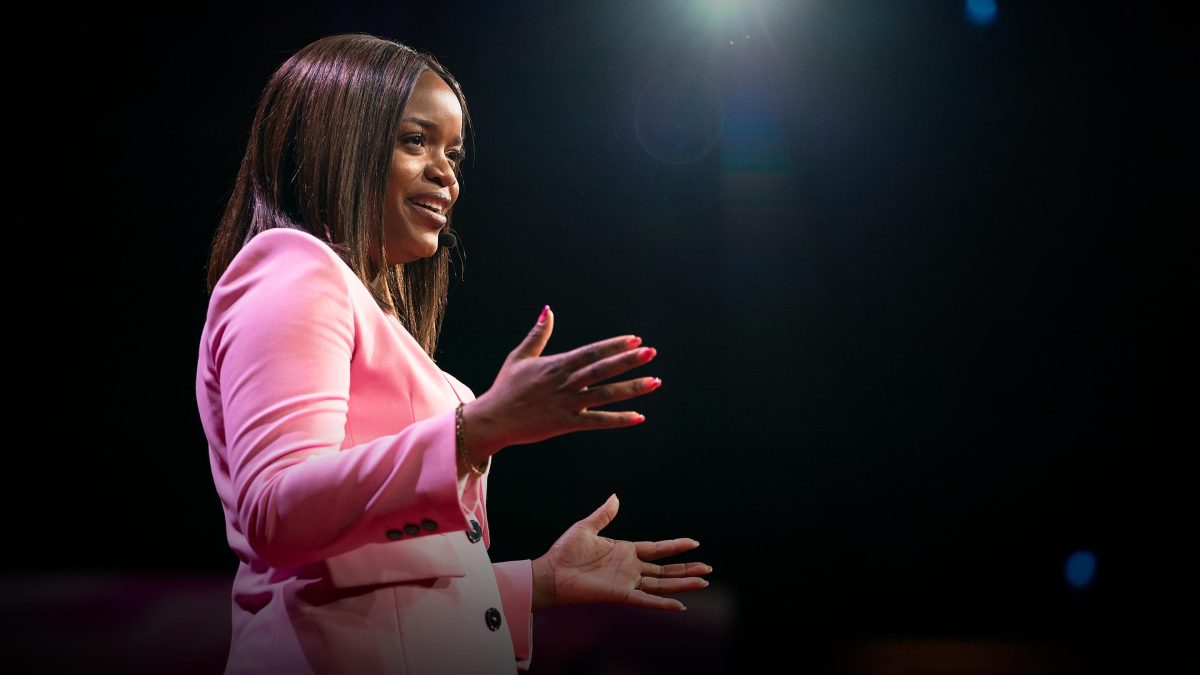An Interfaith Group’s 1950s MLK Comic Book Remains a Prominent Nonviolence Teaching Tool
‘You have done a marvelous job of grasping the underlying truth and philosophy of the movement,’ the Rev. Martin Luther King Jr. wrote to the creator of a comic book about civil rights.

